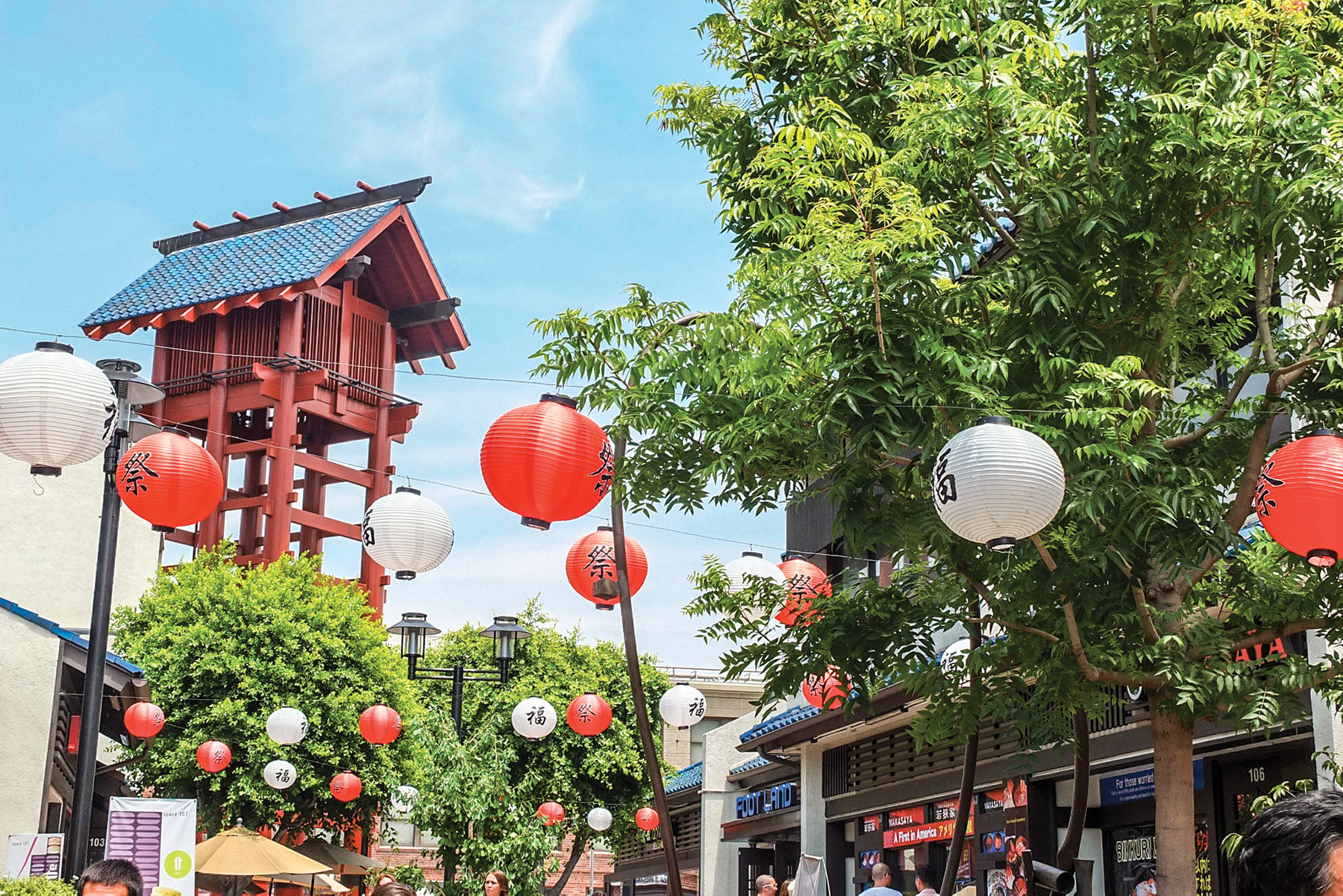There are six green spaces within a five-minute walk of my South Philadelphia stoop. The closest is a pocket park two blocks south, facing narrow streets lined with row houses. It is a leafy refuge, a common ground where young families play, old folks catch up on benches, neighbors garden, and dogs romp. It's also the reason I chose this neighborhood 10 years ago.
That everyone should live in close proximity to green space is a deceptively simple idea. Green is good. Unfortunately, too many Philadelphians don't have the same easy access to nature, and adding new parks is hard because Philly is a dense, old city. But the city's last mayor, Michael Nutter, had the seed of an idea.
In his 2008 inaugural address, Nutter vowed to make Philadelphia America's "greenest city" — an ambition rivaling William Penn's vision of the city as a "greene country towne." Philadelphia released its first sustainability agenda in 2009, including these "equity" targets: create at least 500 new greened acres, plant 300,000 trees, and ensure that every Philadelphian has access to open space within a 10-minute walk from home.
Philadelphia is roughly 13 percent parkland. But after Nutter took office, planners identified five dense areas, home to 200,000 people, where the nearest green space is more than a half-mile away. The city focused its work in these neighborhoods, seizing rare opportunities to build parks and to "green" other public spaces such as schools.
Now kids going to schools like William Dick Elementary in North Philly have a green schoolyard, where outdoor play and learning is richer, rain gardens capture runoff, and new trees add shade. In the Hawthorne neighborhood, residents have a lush new park that has become a community hub, realized as part of a public housing redevelopment project. In Kensington, the "Big Green Block" links a school, recreation center, park, and streetscape through green infrastructure. Citywide, once-vacant lots are thriving as urban farms, community gardens, and orchards that beautify blocks while fighting food insecurity. Along the Delaware and Schuylkill rivers, new parks and trails are changing our waterfronts.
Today 90 percent of Philly residents have walkable access to open space, up from 82 percent in 2010. More than 581 acres were greened, and more than 120,000 trees have been planted.
Impressively, all this was realized despite the recession's municipal belt-tightening. That has been possible partly because green amenities hit multiple policy goals. Recreation programs serve kids after school and encourage active lifestyles. Green spaces help cool the city and soak up stormwater. Philly-based studies have linked greening to increased personal well-being, decreased crime, and reduced blight.
The background for these green gains has been our city's planning renaissance and a uniquely collaborative spirit. Since 2008, Philadelphia has adopted several interrelated plans that share green genes, including a new comprehensive plan, sustainability agenda, and an agreement with the Environmental Protection Agency to manage city stormwater using green infrastructure. Strong nonprofit partners and diverse funding sources, including local and national philanthropies, have helped stretch city resources further. Within government, shared goals have led city departments like Water and Streets to work collaboratively with Planning and Parks & Recreation instead of waging turf wars. By prioritizing walkable access to open space, particularly in underserved neighborhoods, the city had made a powerful commitment to closing gaps in public space investment and ensuring that sustainability targets reach all communities. Just 10 percent more to go.

